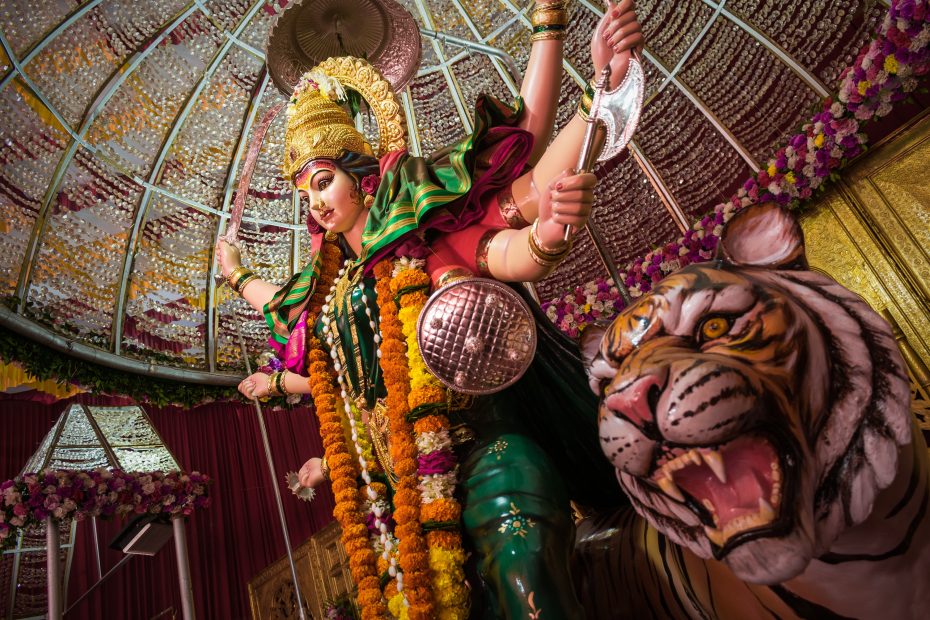Table of Contents
Introduction
Côte d’Ivoire, located on the southern coast of West Africa, has a unique cultural heritage influenced by its diverse population. Its history dates back to pre-colonial kingdoms like the Akan and Krou people. Later, it was colonized by France and achieved independence in 1960. Today, it is often referred to as the “Ivory Coast”, derived from its once thriving ivory trade. Let’s explore the varied aspects of Ivorian culture.
Cultural Aspects
Languages
French is the official language, but over 60 indigenous languages are also spoken, like Baoulé, Dan, and Dioula. This linguistic diversity reflects the ethnic mix of the Ivorian people.
Cuisine
Ivorian cuisine integrates local crops like yams, cassava, and plantains into flavorful stews and porridges. Grilled meat and fish are popular, along with vegetables like eggplant and okra. The distinctive Ivorian dish is a savory dough called “alloco” served with fried bananas.
Music and Dance
From high-energy drumming to melodic xylophones, music plays a central role in Ivorian culture. Each ethnic group has distinctive rhythms and dances passed down through generations. Popular styles include ziglibithy and coupé-décalé.
Arts and Crafts
Ivorians produce exquisite masks, statues, jewelry, pottery, baskets, and textiles which incorporate traditional motifs, patterns, and crafting methods. Kobadona is a technique using cowrie shells to create stunning geometric designs.
People and Lifestyle
Ethnic Groups
The Baoulé, Bete, Senoufo, and 60 other ethnic groups shape Ivorian identity and customs. Inter-ethnic harmony is a key feature despite the diversity.
Religion
Most Ivorians follow indigenous beliefs or Christianity, with Islam practiced in the north. Many observe both traditional animist rituals and monotheistic practices simultaneously.
Gender Roles
Ivorian society is largely patriarchal, with men holding leadership roles in families and communities. However, women play a significant economic role in agriculture and trade.
Traditional Attire
Colorful textiles like mudcloth, kente, and wax prints are incorporated into clothing. For special occasions, people don traditional robes and headdresses representing their ethnicity.
Architecture
Mosques
Grand mosques in the north feature Sudano-Sahelian style with conical minarets and monumental mudbrick walls. The Grand Mosque of Kong showcases this distinct aesthetic.
Churches
Churches across Côte d’Ivoire integrate European and local building traditions using materials like wood, brick, and stone. The Basilica of Our Lady of Peace in Yamoussoukro is an architectural marvel.
Forts and Castles
Coastal forts and castles like Fort Gross Friedrichsburg built by colonists now serve as cultural landmarks showcasing a complex shared history.
Festivals and Events
Fêtes des Masques
During this festival, communities display sacred masks and costumes, re-enacting spiritual traditions of their people through music and dance.
Fêtes de N’Zassa
This colorful harvest festival celebrates the new yam with feasting, masks, rituals, and traditional sports like wrestling.
Fêtes Touristiques
These lively festivals promote Ivorian culture through exhibitions, concerts, arts, dance, sports, and cuisine from diverse communities.
Tourism
National Parks
Protected areas like Tai National Park and Comoé National Park offer wildlife safaris and scenic hiking while promoting conservation.
Beaches
With hundreds of miles of pristine Atlantic coastline, beach resorts attract visitors to spots like Assinie, Grand-Bassam, and Adiaké.
Museums
The National Museum in Abidjan houses artifacts illuminating Côte d’Ivoire’s heritage. There are also specialized museums on art, culture, and biodiversity.
Conclusion
From complex religious practices to culinary traditions, Côte d’Ivoire’s diverse cultural heritage is creatively woven into the fabric of daily life. As globalization accelerates, preserving indigenous languages, art forms, architecture, and customs remains crucial. By upholding traditions and promoting cross-cultural exchange, Côte d’Ivoire continues to enrich Africa’s vibrant heritage.
FAQs
Q1: What are the major ethnic groups in Côte d’Ivoire?
A1: The Baoulé, Bete, Senoufo, Agni, Malinke, and Dan are among the largest ethnic groups, each with distinct cultures and traditions that shape Ivorian heritage.
Q2: What is kente cloth and what is its significance?
A2: Kente is a famous hand-woven textile made of interwoven cloth strips. Originating with Asante and Ewe people, it holds cultural symbolism and is worn ceremonially.
Q3: What instruments are commonly used in Ivorian music?
A3: Drums like djembe and doundoun, xylophones, the stringed konting, and horns are important instruments in diverse musical traditions.
Q4: What are key architectural features of the mosques?
A4: Conical minarets, large mudbrick walls, open-air praying spaces, and minimal interior decorations typify the Sudano-Sahelian style seen in mosques.
Q5: Which festivals showcase traditional masks and costumes?
A5: The annual Fêtes des Masques festival highlights ritual masks and dances of communities, mainly the Senufo people.
